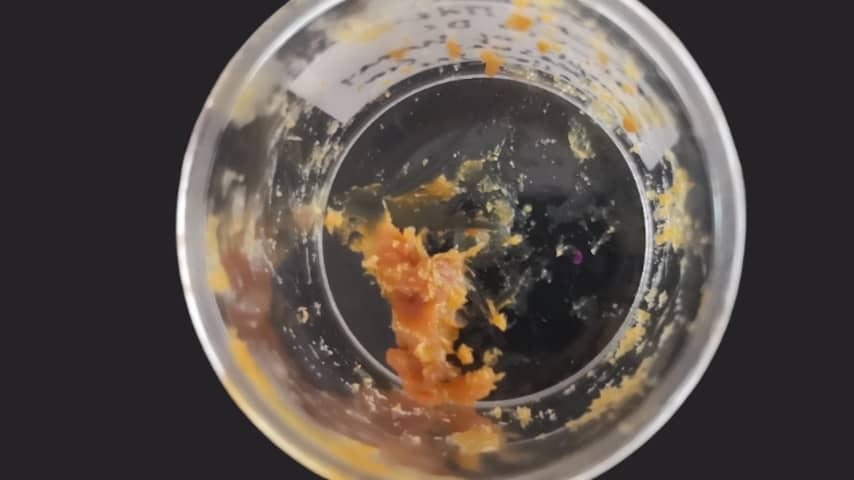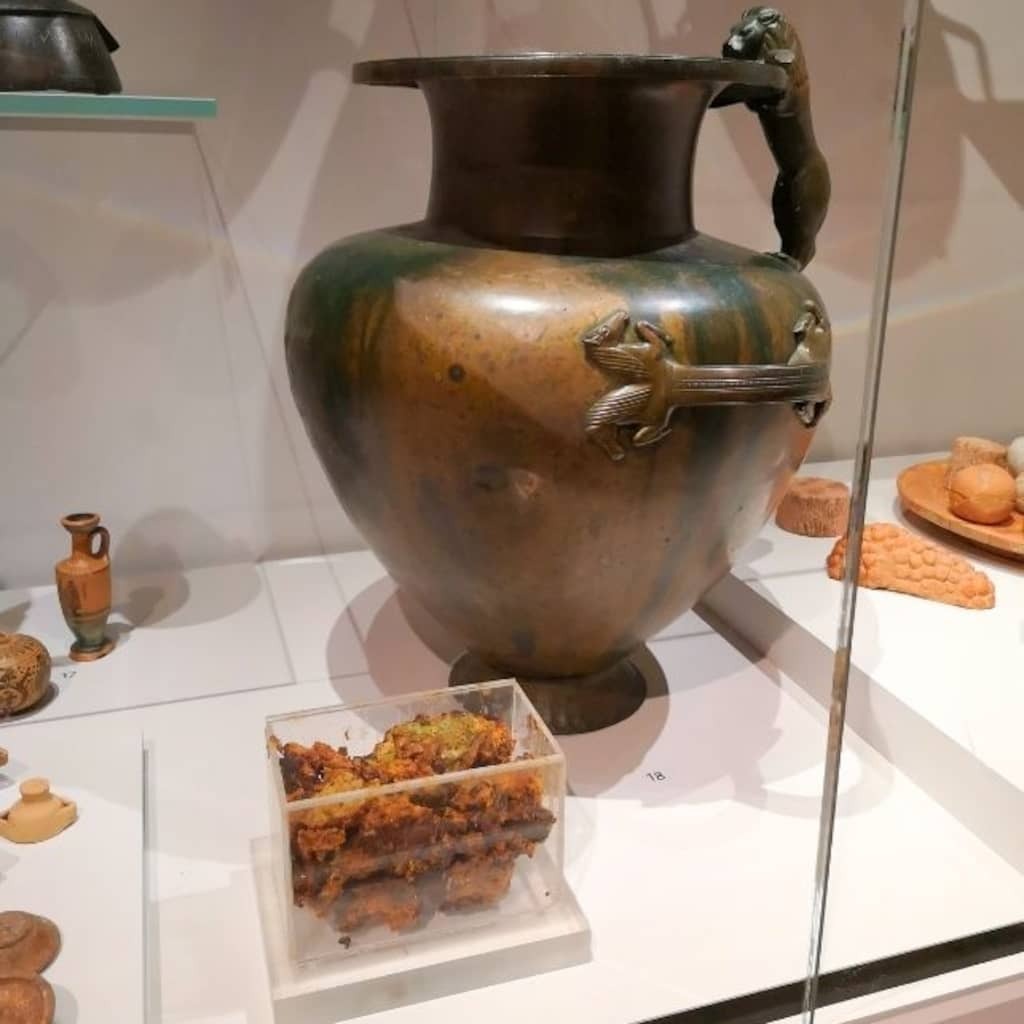
A mysterious orange lump found seventy years ago near an altar in the Italian city of Pompeii has been identified as honey. It is believed to have been offered to a god from ancient Greece about 2,500 years ago.
It was more common for honey to be offered to the gods because Zeus, the supreme god in Greek mythology, is said to have enjoyed eating it as a child. But honey was also used as a sweetener, in cosmetics and medicines, and for rituals.
The orange substance was found in a bronze pot in 1954 in Paestum, Italy. The altar where the pot stood was dedicated to an unknown god. Researchers at Oxford University have only recently succeeded, after several failed attempts, in unraveling that there was honey in the pot, they write in the scientific journal American Chemical Society.
Using new advanced techniques, the researchers found a chemical fingerprint almost identical to honey and beeswax as we know them today. For example, they found sugar residues. However, the substance had become a lot more acidic because the sugars change in composition after such a long time.
Earlier, it had already been possible to identify the beeswax, but the chemical composition was too complicated to be just wax. That is why the researchers continued searching.
“Ancient remains are not just traces of what people ate or offered to the gods. They are complex chemical ecosystems,” says archaeologist Luciana da Costa Carvalho. Research into this opens the door to more knowledge about how substances such as honey change over time and how they were used in the past.
